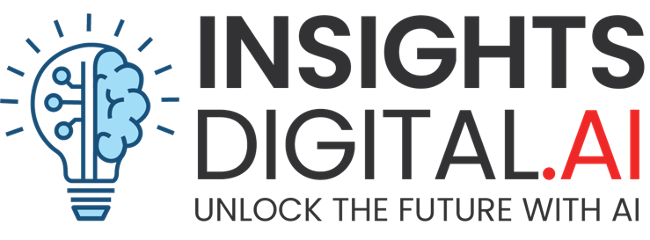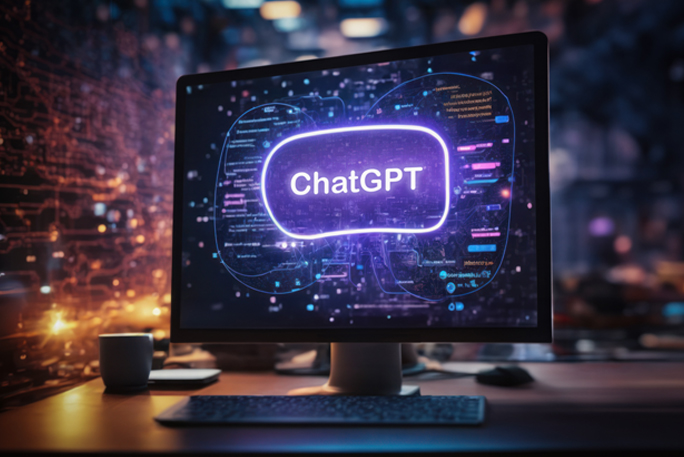Background
As the Chief Technology Officer (CTO) of a leading biomedical company, I was tasked with developing and executing an AI strategy to revolutionize the way the organization managed and utilized medical literature and pharmacovigilance data. The goal was to create a comprehensive solution capable of aggregating millions of data points and transforming them into actionable summaries through the use of Generative AI (GenAI) capabilities.
Challenge
The pharmaceutical and healthcare sectors face several challenges when it comes to managing medical literature and pharmacovigilance data:
- Massive Data Volume: Millions of data points from diverse sources, including clinical studies, medical journals, regulatory reports, and adverse event data.
- Complexity: Unstructured and heterogeneous data formats make it difficult to extract meaningful insights.
- Timeliness: Delayed access to relevant summaries can hinder decision-making and compliance with regulatory requirements.
- Scalability: Existing manual and semi-automated processes could not scale with the increasing data volume and regulatory demands.
Objectives
- Develop a scalable AI-driven solution for real-time data aggregation and summarization.
- Ensure compliance with industry standards and regulatory frameworks for pharmacovigilance.
- Leverage GenAI capabilities to provide concise, actionable summaries for researchers and decision-makers.
- Improve operational efficiency while maintaining a high level of accuracy and reliability.
Solution
To address these challenges, I led the development and implementation of an innovative AI strategy and solution framework:
1. AI Strategy Development
- Conducted a thorough AI readiness assessment to identify gaps in data infrastructure, talent, and processes.
- Created a multi-phase roadmap focusing on foundational AI capabilities, iterative development, and continuous improvement.
- Prioritized ethical AI practices to ensure transparency, fairness, and accountability in the solution.
2. Data Aggregation and Normalization
- Designed a robust pipeline to aggregate unstructured and structured data from multiple sources, including public databases, proprietary research, and regulatory filings.
- Employed natural language processing (NLP) techniques to standardize and normalize data formats, enabling seamless integration.
3. GenAI Model Development
- Developed and fine-tuned generative AI models using state-of-the-art large language models (LLMs) tailored to the medical and pharmacological domain.
- Integrated MeSH Ontology to enhance contextual understanding and improve the accuracy of summarizations.
- Employed reinforcement learning with human feedback (RLHF) to align model outputs with expert expectations and regulatory compliance.
4. AI-Powered Summarization
- Implemented summarization algorithms capable of condensing millions of data points into concise and actionable insights.
- Designed user interfaces to deliver summaries in various formats, including dashboards, reports, and notifications, tailored to stakeholders’ needs.
5. Scalability and Deployment
- Leveraged cloud-native architecture to ensure scalability, reliability, and cost-efficiency.
- Implemented a CI/CD pipeline for continuous updates and enhancements to the AI models and platform.
Results
- Enhanced Efficiency: Reduced the time required to analyze and summarize medical literature by over 70%.
- Improved Accuracy: Achieved a significant improvement in the precision of pharmacovigilance summaries, reducing errors and false positives.
- Scalability: Enabled real-time processing of millions of data points, ensuring timely insights for critical decision-making.
- Regulatory Compliance: Maintained full alignment with industry standards, fostering trust among stakeholders and regulatory bodies.
- Cost Savings: Optimized operational costs by automating labor-intensive processes, freeing up resources for strategic initiatives.
Conclusion
The AI strategy and solution I developed as CTO transformed the company’s approach to managing medical literature and pharmacovigilance. By leveraging advanced GenAI capabilities, the organization achieved unprecedented efficiency, accuracy, and scalability, positioning itself as a leader in AI-driven innovation within the biomedical industry. This case study underscores the potential of AI to drive transformative change in complex, data-intensive domains.






